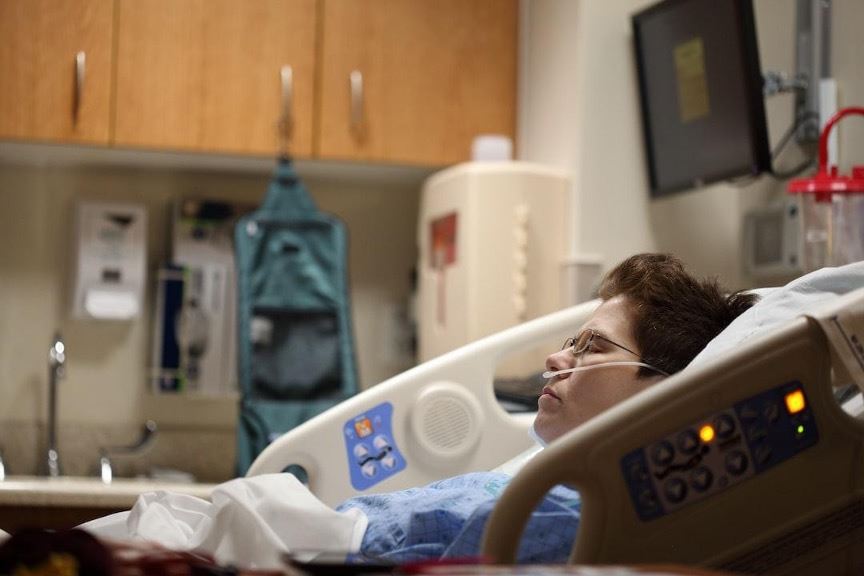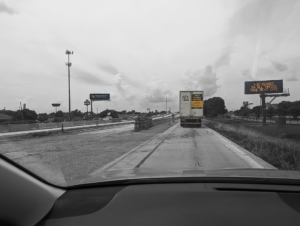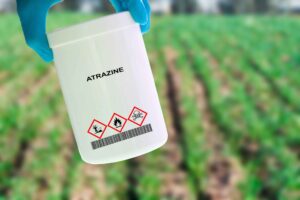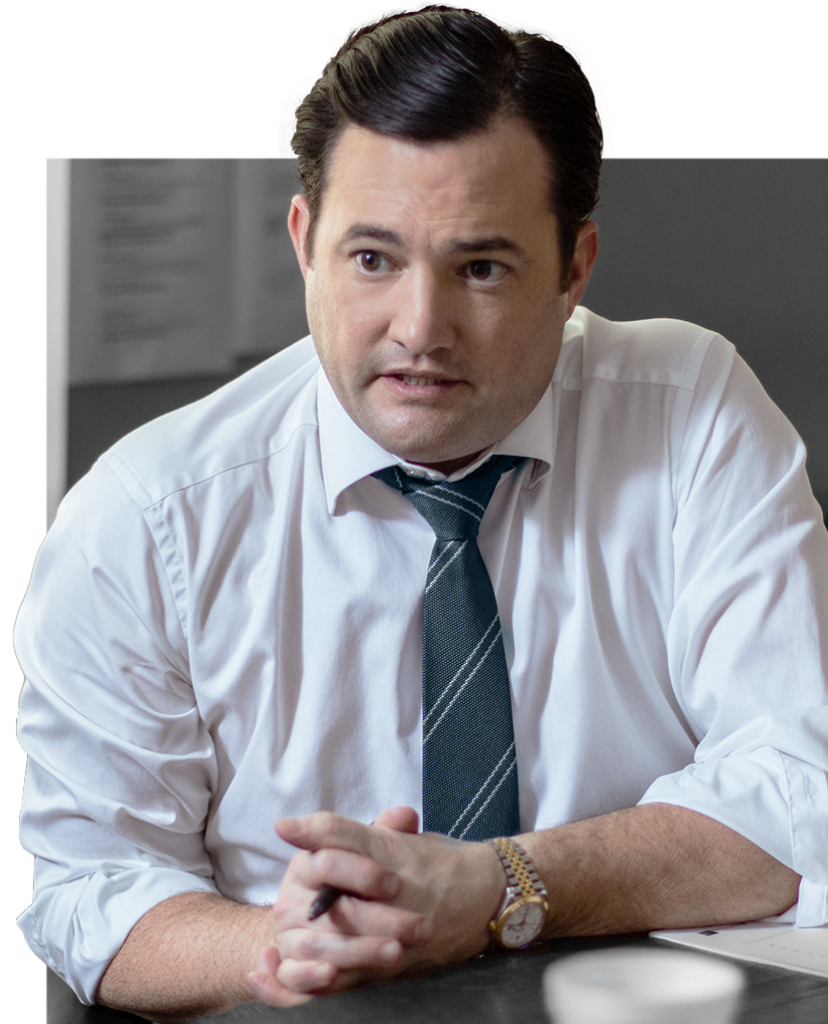unintentional injury is the leading cause of death for people ages 1-44
According to the most recent statistics from the Centers for Disease Control (CDC), unintentional injury is the leading cause of death for people ages 1-44. After age 45, unintentional injury drops to fourth place, after heart disease, cancer, and COVID.
More than 173,000 people die from unintentional injury each year — more than the next three causes combined. Yet very few of us are aware of the death toll from unintentional injury or why it continues to happen.
What is an unintentional injury? Where do they occur?
Unintentional Injuries and Accidents
People are accustomed to dividing physical injuries into deliberate, such as fights or homicide, and accidental, meaning an injury that was unintended or unplanned. For instance, getting a broken nose in a bar fight would be deliberate (the fighter meant to break the other guy’s nose), but getting killed would be an accident (the fighter didn’t mean to knock the guy into a concrete post and fracture his skull).
Journalist Jessie Singer observes that industry analysts do not use the word “accident”to describe the latter type of injury. Instead, the term “unintentional injury” or “mishap” is used by agencies ranging from the National Highway Traffic Safety Administration to the CDC to military investigative units.
The reason, Singer observes, is that an “accident” is an impossibility. “To call something an accident means, at once, that you know it is a risk and that it is out of your control. You would sound ridiculous, but it would not be improper…[to say] that you accidentally got into a car accident.”
An accident is an event that is unpredictable and beyond anyone’s control. The more precise term “unintended injury” defines an event in which an injury occurred, but no harmful outcome was planned.
A Short History of Unintentional Injuries
Social historians believe that the concept of accident as a known risk but out of anyone’s control arose in the early years of the Industrial Revolution to relieve factory owners of liability for worker injuries. If a worker fell into a piece of machinery and was killed or injured, it was a tragic accident, but no one was to blame.
It was known even then that the machinery was dangerous, but workers were responsible for being careful. By calling injuries and deaths accidents, the burden shifted off of owners to make their factories safer and onto individual workers to be less careless. It was just an accident.
When labor unions appeared in the early 20th century, employer liability was born and rapidly gained traction. The labor unions created the idea that the employer owed a duty of care to employees to provide a safe working environment and was responsible for injuries caused by breach of care.
However, the language of “accident” was already entrenched, and the idea of personal responsibility for “accidental injury” remained attractive to employers and insurance companies.
Types of Unintended Injuries
The most common type of accident is the motor vehicle accident. However, there are thousands of other causes of unintentional injury annually. When motor vehicle accidents, suicides, and homicides are excluded, the results are surprising.
- Poisoning. More people die of unintentional poisoning per year than die in vehicle crashes. In addition, poisoning is the number-one cause of unintentional deaths for all age groups below 65.
- Falls. Deaths due to falls from heights are the third most common cause of unintentional injury and the leading cause of death for people over the age of 65.
- Choking. Deaths are due to inhalation of food or other objects
- Drowning
- Fire, flames, smoke inhalation. This includes deaths from exposure to fire or flames but not burns due to chemicals or hot liquids.
- Mechanical suffocation. This includes non-homicide or suicide deaths from strangulation or hanging and suffocation in enclosed spaces or cave-ins.
- Natural heat or cold. Weather related-conditions, such as hypothermia or hyperthermia
- Struck by or against. This refers to being struck by or against another person in a way that is not homicidal, as in the example above, where an unintentional blow leads to death.
Failure-analysis experts and legal analysts no longer consider these injuries and deaths accidental because, in all cases, there is error on both sides—something that could have been done to prevent the incident from occurring.
Demographics and Locations of Unintentional Injuries
Now that we know what types of injuries are occurring, where are they happening? They do not happen equally or to all groups, and just like the accidents themselves, the places and people may surprise you.
Rural Areas
For children under the age of 17, rural areas are the most dangerous places. Rural infants are almost twice as likely to die of suffocation as urban infants, and rural toddlers have substantially higher risks of drowning and death by fire.
For all age groups under 17, the unintentional injury death rate in rural areas was nearly twice that in urban areas. The CDC attributes this disparity to a number of causes, including:
- Different activities in age groups
- Use or non-use of safety equipment
- Safety-related behaviors
- Access to care
The differences are smaller but still present for adults in rural areas. The highest risk for rural adults is falling.
Race and Ethnicity
Because non-Hispanic whites account for 70% of all preventable injury-related deaths, they tend to mask trends in minority populations. This is troubling because all other groups have been trending upward in all causes.
The overall preventable death rates (not disease or homicide related, but including suicide) increased:
- 32% among African-Americans
- 22% among Latinos and Hispanics
- 20% among non-Hispanic Native American or Alaskan Natives
These trends were sharpest among the elderly.
Age
Any preventable death is a tragedy, but those involving the very young and old, especially so, mainly because infants and the elderly depend on others to care for them. Although unintentional injury deaths per 100,000 individuals trend downward among infants and the elderly, the causes are more concentrated.
- Infants under the age of 5 are most at risk for mechanical suffocation, that is, suffocation due to external objects blocking their airways, such as plastic bags, clothing, or bedclothes.
- Adults over 75 are at greatest risk for falls, including minor falls from chairs and beds.
Despite the perception that teenagers are a menace on the roads, the risk of death in a motor vehicle collision is about the same in all age groups (except infants), with an average of 15 per 100,000. More teenagers die in motor vehicle collisions because they are less likely to die of other causes.
Work
On-the-job related deaths and injuries have been almost flat, with slight fluctuations for over three decades. In 2020 the most dangerous jobs included:
- Construction, where deaths have remained highest, with greatest risk for falls, machinery injury, and suffocation injuries
- Transportation and warehousing
- Agriculture, forestry, and fishing
Inaccuracies and discrepancies in reporting make tracking unintentional injuries in the workplace difficult. The need to keep the job site working and workers employed may contribute to underreporting injuries and deaths.
Legal Aspects of Unintentional Injuries
The American legal system is not designed with unintentional injuries in mind. Our legal system is adversarial and retroactive, meaning that it apportions blame after an incident occurs. Someone must be at fault, and someone must be responsible.
Tort law follows the same pattern as criminal law. One side is guilty (at fault), and the other side is the victim (not at fault). Thus, we handle negligence cases as if proving guilt or innocence in a criminal case.
Negligence and Accidents
The theory of negligence has four parts: duty, breach, causation, and injury. An individual or company has a duty to act in a specific way, breaches that duty, and the breach is the proximate cause of the plaintiff’s injury.
When an incident is deemed an accident, it implies that only one party is at fault or bears most of the fault. For example, if a worker falls into machinery, it is the fault of the factory owner for not having safety railings. This sets up the counterargument that fault was shared. The railings were installed, but the worker was leaning over to reach a machine part instead of walking around to the other side.
If the factory owner is guilty (at fault), they are responsible for the injuries. If they are not guilty (not at fault), the victim must pay for their injuries. Because of the inherent unfairness, negligence theory has developed some interesting workarounds.
In contributory negligence, victims cannot recover damages if they bear any responsibility for their injury. In our factory example, the worker who leaned over the safety rail would be unable to claim any recovery for falling into the machinery unless they could show they were forced to do so.
Because this is unduly harsh, only four states follow contributory negligence today. Instead, other states use comparative fault, which has a number of variations.
- Pure comparative fault allows the victim to recover no matter how much they were responsible for their injuries. Instead, their recovery is reduced by their percentage of fault. If our worker’s lean caused 40% of the injury, the factory only has to pay 60% of the award.
- Modified comparative fault lets the victim recover if the fault is less than 50% in some states or 51% in others. Then the recovery is limited to the percentage of remaining fault.
Getting Past Fears of Victim Blaming
To discuss unintentional injury and human error, both attorneys and clients must learn to acknowledge that admitting error does not mean accepting blame. For example, just because the worker leaned across the safety railing does not mean the company should not have installed a railing of the right height or overlooked workers leaning across the railing to fix that piece of equipment.
Litigating unintentional injury in this context means acknowledging that both parties are responsible for their own actions, but duty, breach, and causation still exist. Therefore, instead of apportioning blame, the court’s job should be to determine the root causes of the unintentional injury or death and find ways to prevent it from happening in the future.
Unintended Personal Injury Incidents
The purpose of reframing accidents as unintended injuries is to help people avoid injuries before they occur and take steps to prevent them. Personal injury attorneys typically wait until after an injury happens and then help people recover damages. An alternative method would be to spot incidents that could cause injuries or death and correct them.
Take the case of our worker leaning over the railing and falling into the equipment. The worker might have realized it was dangerous to reach over that particular piece of equipment to adjust the machine. Still, the machine kept slipping out of alignment, and it was faster to reach over and punch one button than to walk around and reset the whole machine. The solution should have been to take the equipment offline long enough to repair the entire machine.
If the worker’s manager would not agree to this, instead of shrugging and giving up, the worker should take the concerns to the next level. Or, if there was a real concern about the risk to all workers who had to reset that equipment, the worker could call in OSHA or an attorney.
The original purpose of calling unintended injuries and deaths accidents was to remove responsibility for the cause. It was just a careless person doing a careless thing or even a responsible person who was in the wrong place at the wrong time. Calling these injuries and deaths what they are helps focus attention on fixing them so they don’t happen again.
If you or a loved one have been the victim of an unintended injury or death, your first impulse is to blame the other party. That is normal. After that, you should contact a personal injury attorney who can help you get the justice and compensation you need for your injuries. After that, however, you should think about the way the injury happened, and see what steps you can take to prevent anyone else from suffering the way you have.









